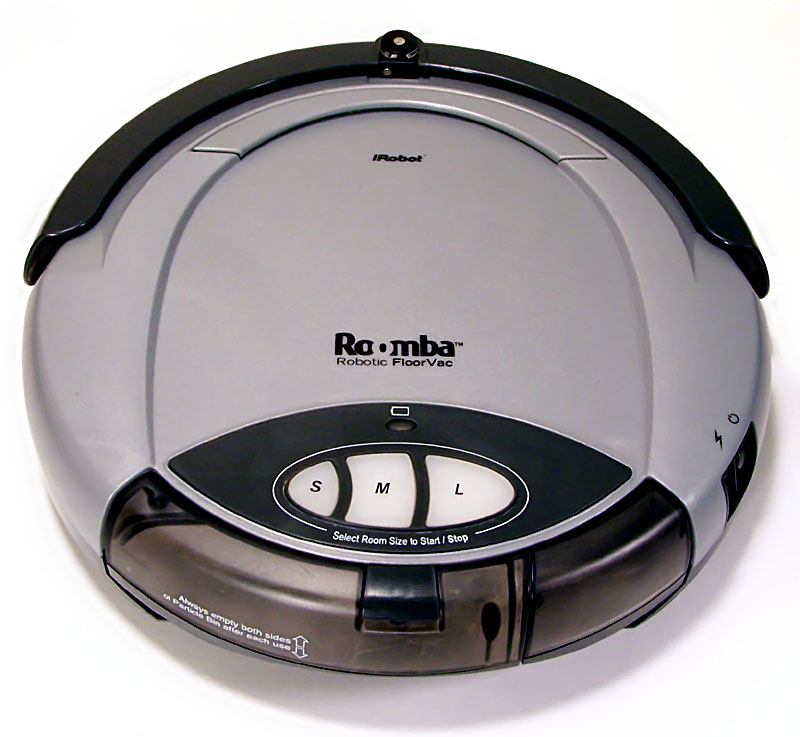The salesman had shown us how it would sound an alert if she fell, sending a signal to our computer and my left arm implant. It could guide her along, like a service dog. We could program it to beep on schedule—for medicines, time in the bath, etc. And the side benefit—no more dust bunnies.
The mother is less than happy with the smart-vac. She complains that it stares at her and she likes to be in charge of it when vacuuming. The mother attaches a broom handle to the smart-vac with duct tape, giving it the form of a traditional vacuum and puts a scarf over the thing's "eyes." The narrator finds her mother's "modifications" maddening.
What was wrong with wanting her to live out her days safely? She was impossible about progress. The robots weren't "taking over," they were machines. Even the new AIs were machines. And useful ones! I loved my tiny implant—it kept track of everything, and connected me to the web, to Jim, and to Ma's smart-vac. Malevolence was a human trait, not a vacuum's. I obviously hadn't reassured her.
Hallison's story is funny and poignant. She paints a picture of a mother-daughter relationship in crisis and in serious need of some communication. When I started reading this story, I was on the narrator's side. She seems reasonable and genuinely concerned about her mother's well-being. However, as the relationship between mother and daughter unfolds, I found myself switching allegiance to the mother. Irony takes over and we ultimately see that the mother may know more about this machine than her daughter. I believe the mother is also trying to send a subtle message to the daughter that what she really wants is company—the warm blooded kind as opposed to a cold hunk of wires and metal.
To learn more about Lee Hallison and her writing, check out her blog at leehallison.com
Photo Attribution: Larry D. Moore. Image used under the Creative Commons Attribution-Share Alike 3.0 Unported license.

Now that's an interesting story and reminds me of some of Asimov's work. The part about sticking a handle on the machine made me laugh too.
ReplyDelete